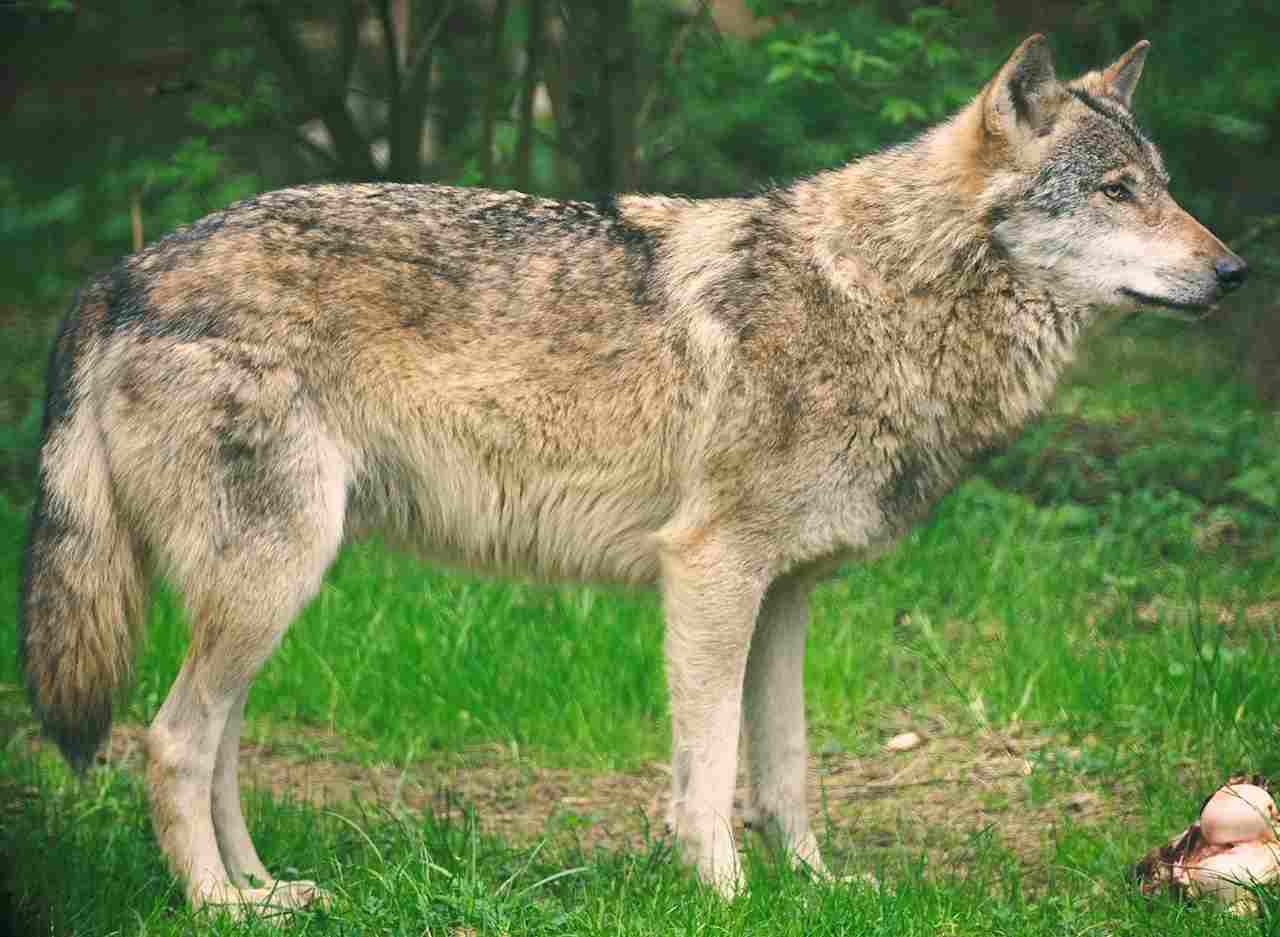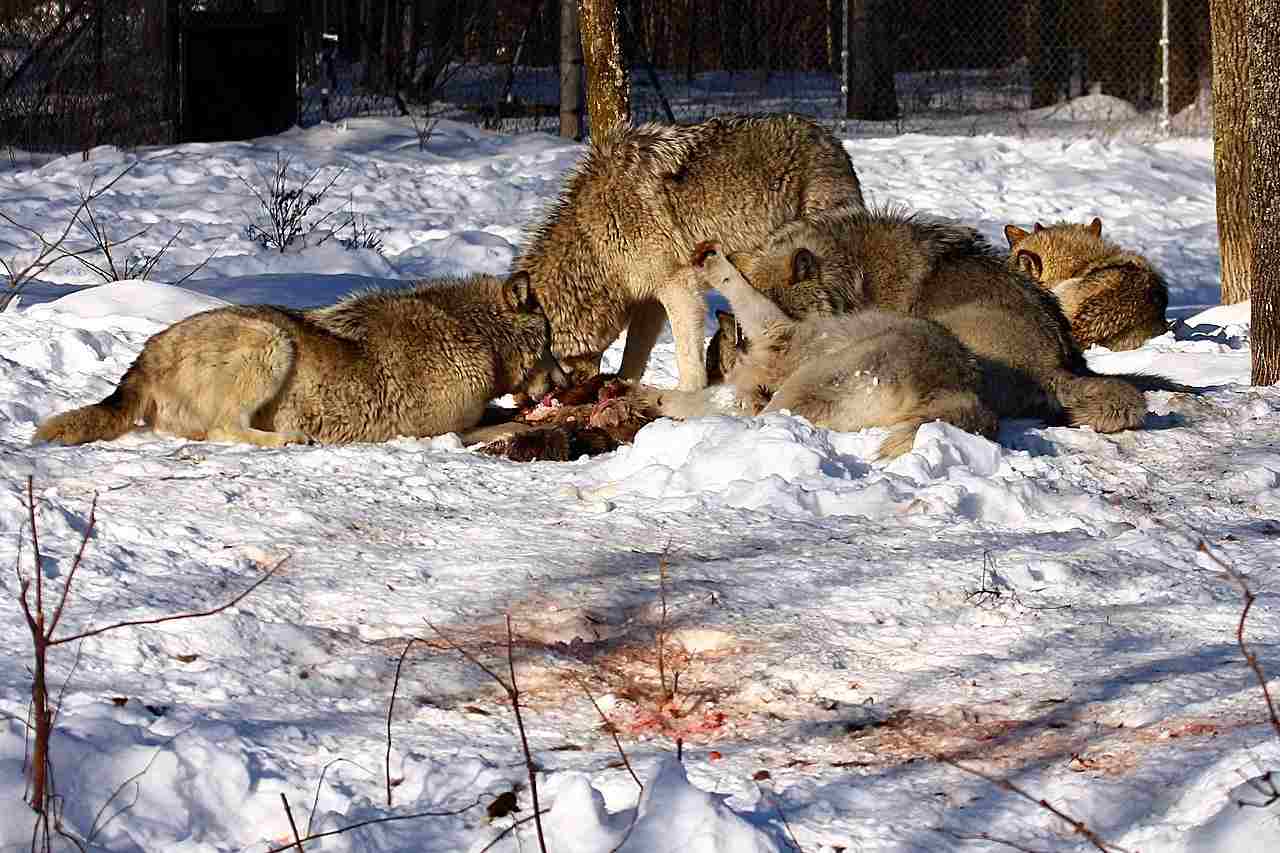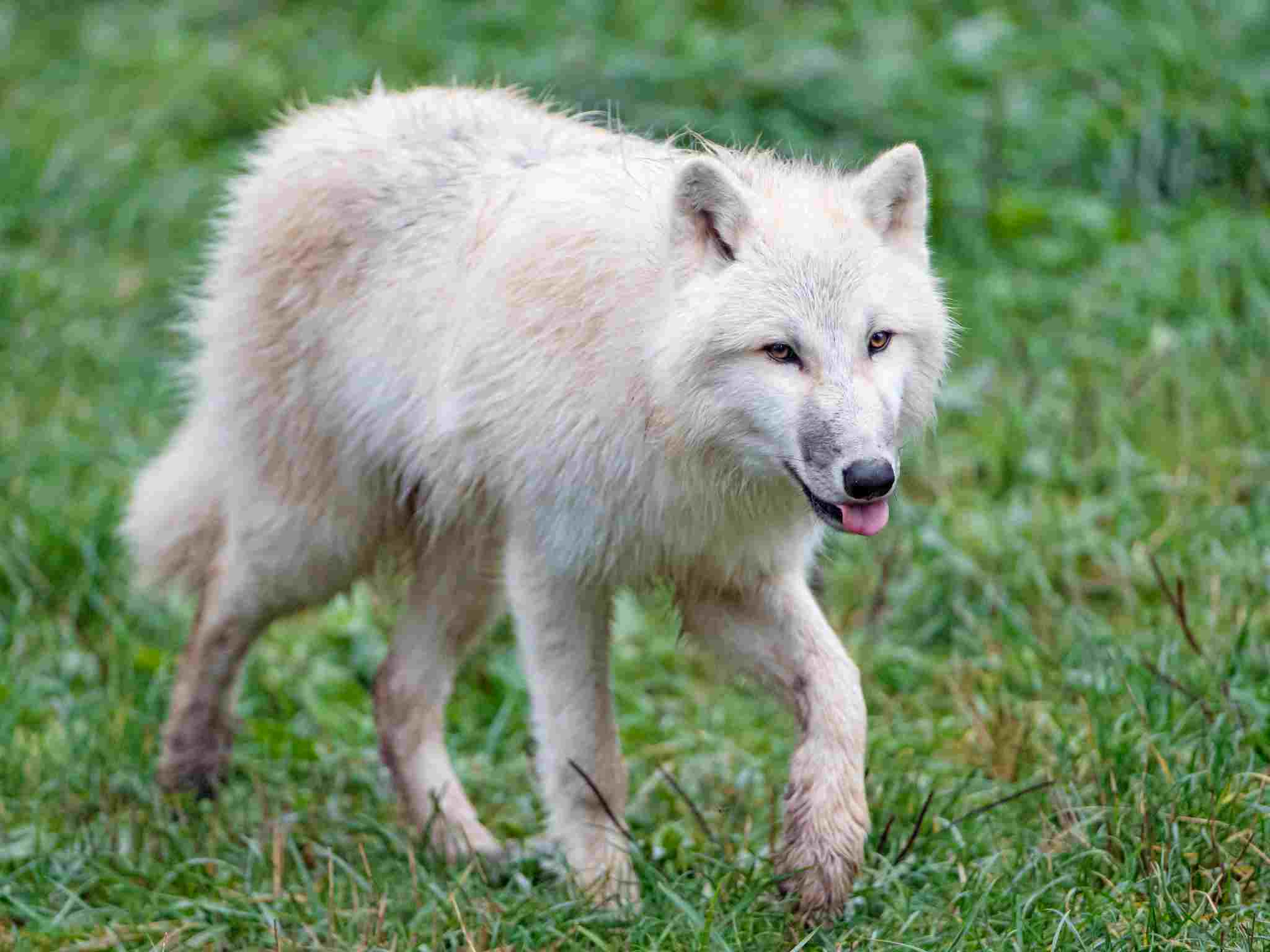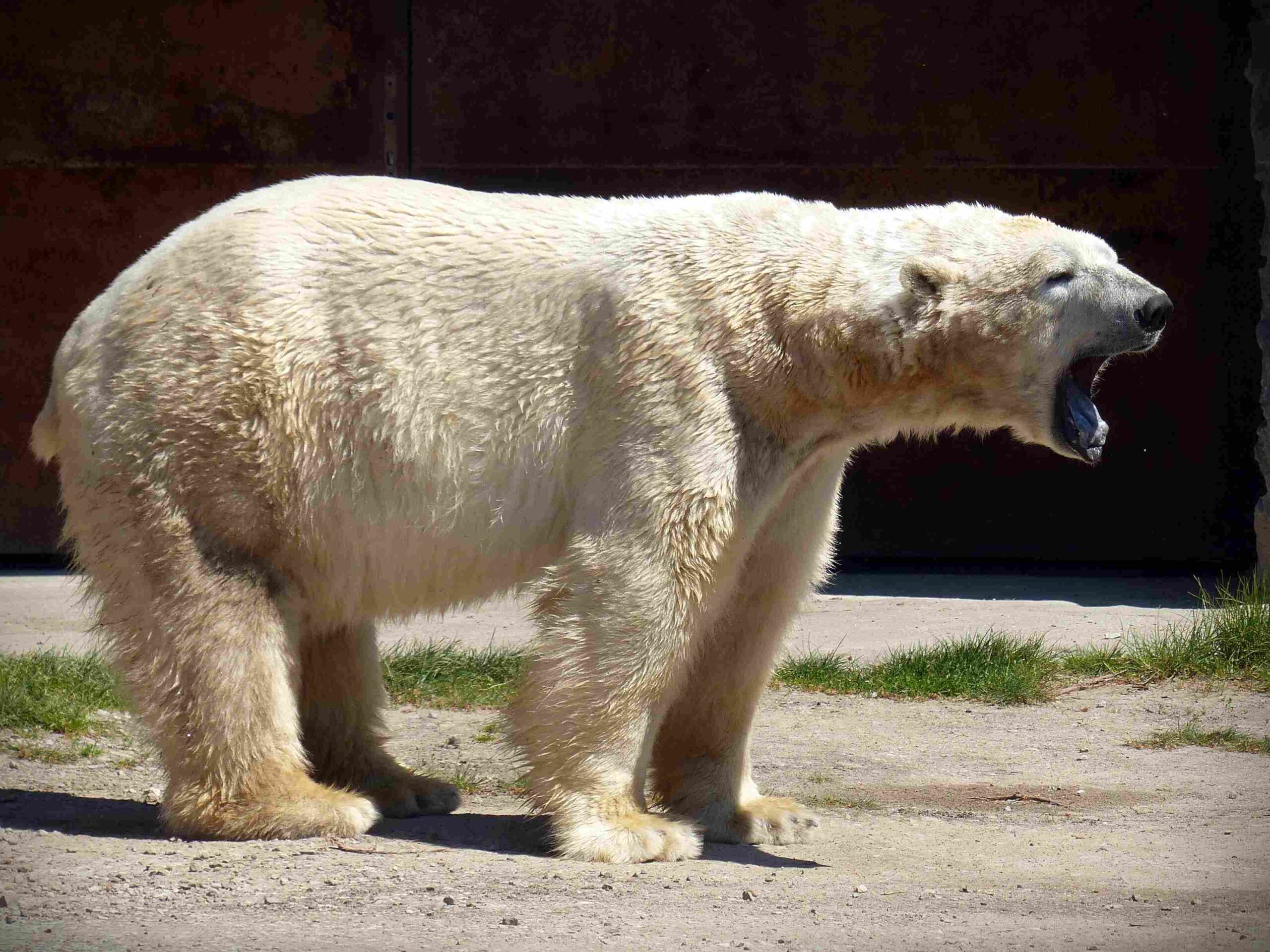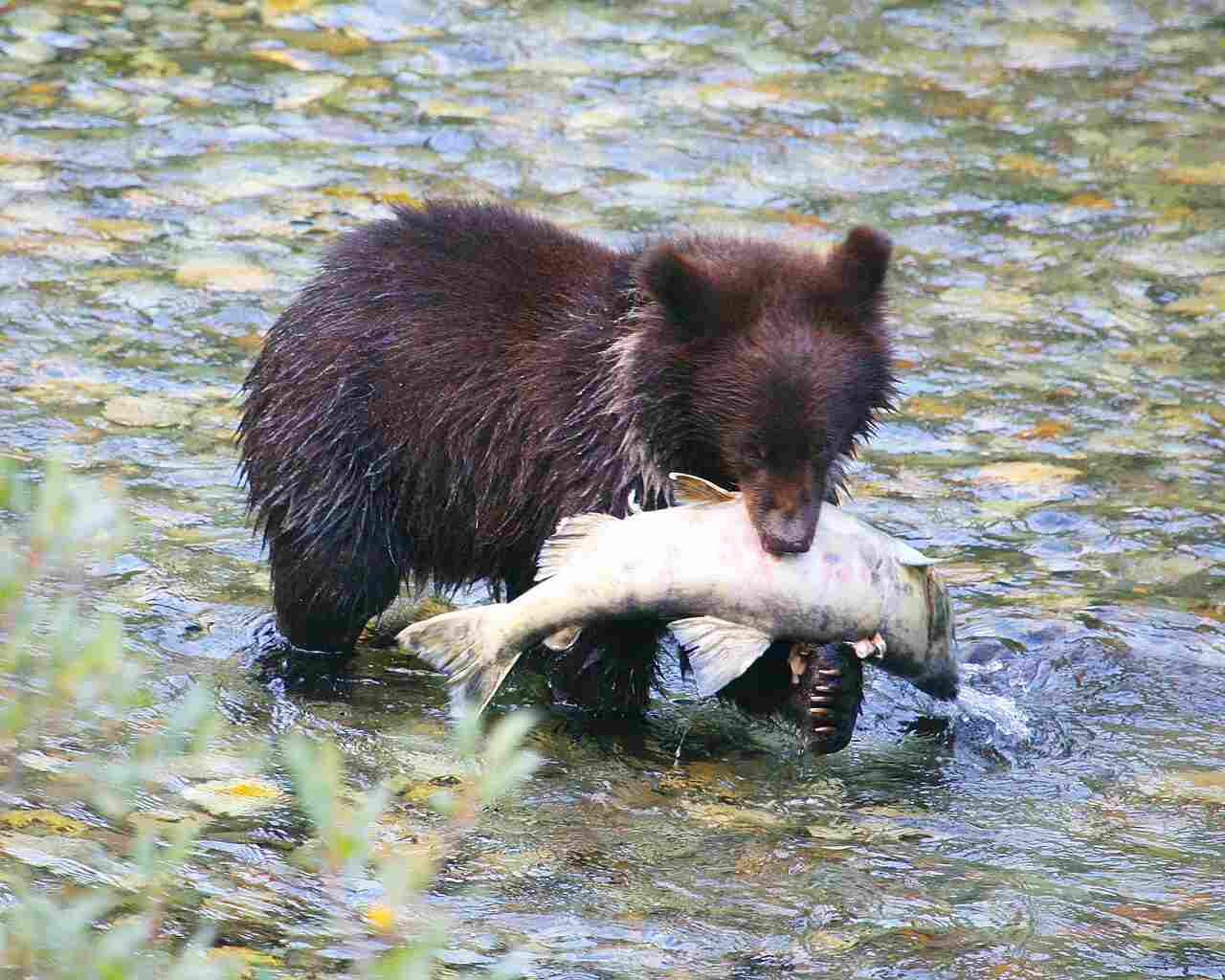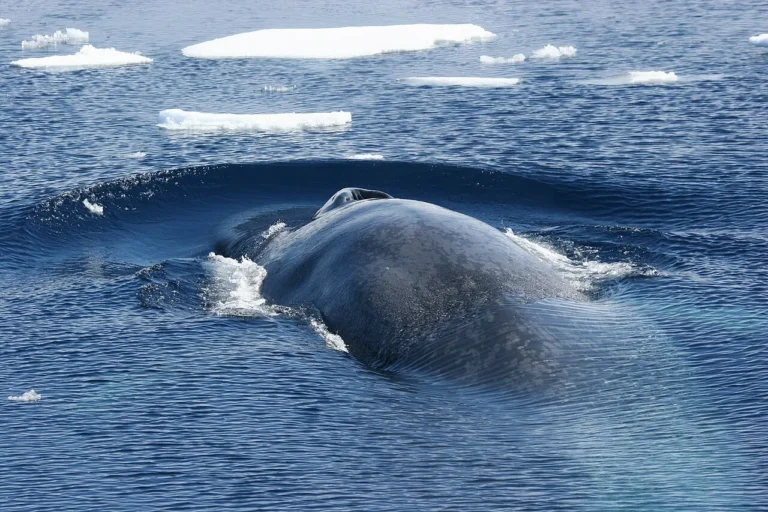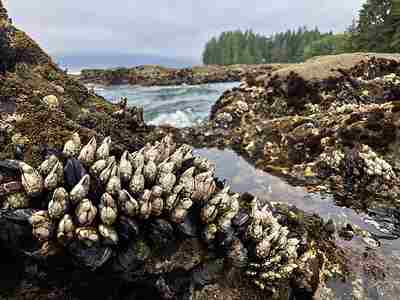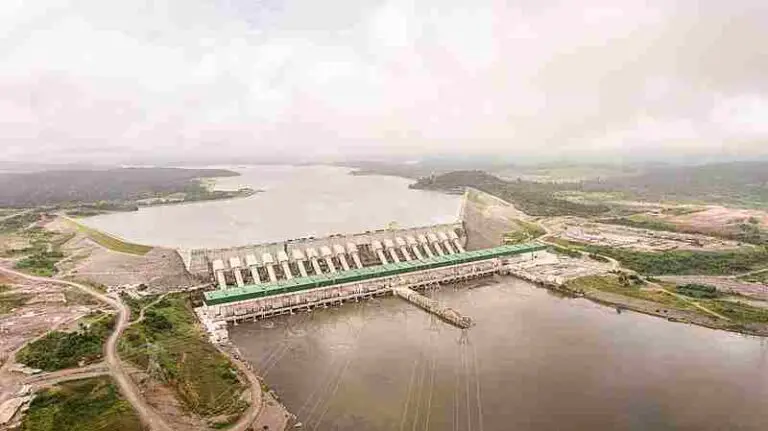What Type of Consumer is an Arctic Fox? Food Chain Position of Arctic Fox
The Arctic fox is classified as a secondary consumer in the food chain. As a secondary consumer, it primarily feeds on smaller animals such as rodents, birds, and insects. While it occasionally scavenges for carrion, its diet mainly consists of prey that it hunts itself. Being smaller and weaker than tertiary consumers like wolves and polar bears, the Arctic fox occupies a middle position in the food chain, feeding on primary consumers such as lemmings and voles, while also being preyed upon by larger predators.
Reasons Why an Arctic Fox is a Secondary Consumer
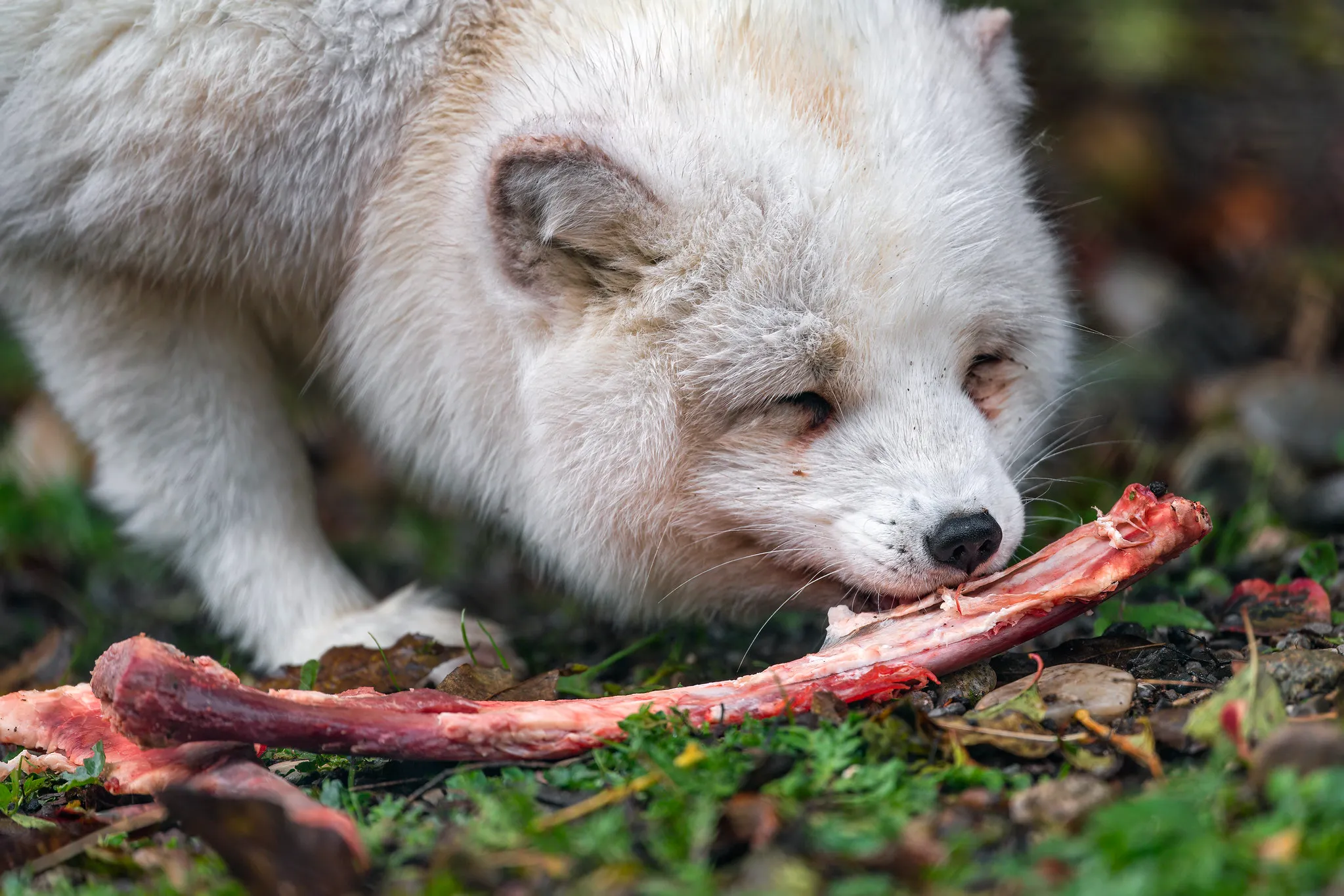
-
Dietary Habits: Arctic foxes primarily feed on smaller animals like rodents, birds, and insects, which are considered primary consumers in the food chain.
-
Hunting Behavior: They actively hunt and consume these smaller prey items, establishing their role as predators in the ecosystem.
-
Position in the Food Chain: While they are not at the top of the food chain like apex predators such as wolves and polar bears, they are also not at the bottom like primary producers. Instead, they occupy an intermediate position as secondary consumers.
-
Relationship with Other Consumers: Arctic foxes serve as a link between primary consumers and higher-level predators, contributing to the transfer of energy and nutrients within the ecosystem.
Is Arctic Fox A Consumer?
Yes, the Arctic fox is indeed a consumer in the ecosystem. As a secondary consumer, it obtains energy and nutrients by feeding on other organisms, such as rodents, birds, and insects. This consumption of prey sustains the Arctic fox’s survival and contributes to its role within the food web.
Reasons Why Arctic Foxes are Classified as Consumers
-
Feeding Behavior: Arctic foxes actively hunt and consume prey, such as rodents, birds, and insects, to obtain energy and nutrients.
-
Role in Energy Transfer: By consuming other organisms, Arctic foxes play a vital role in transferring energy and nutrients through the food chain.
-
Dependency on Other Organisms: Arctic foxes rely on the consumption of other organisms for their survival, indicating their classification as consumers within the ecosystem.
-
Contribution to Ecosystem Dynamics: As consumers, Arctic foxes influence population dynamics of their prey species and contribute to maintaining ecological balance within their habitat.
Is an Arctic Fox a Producer, Consumer, or Decomposer?
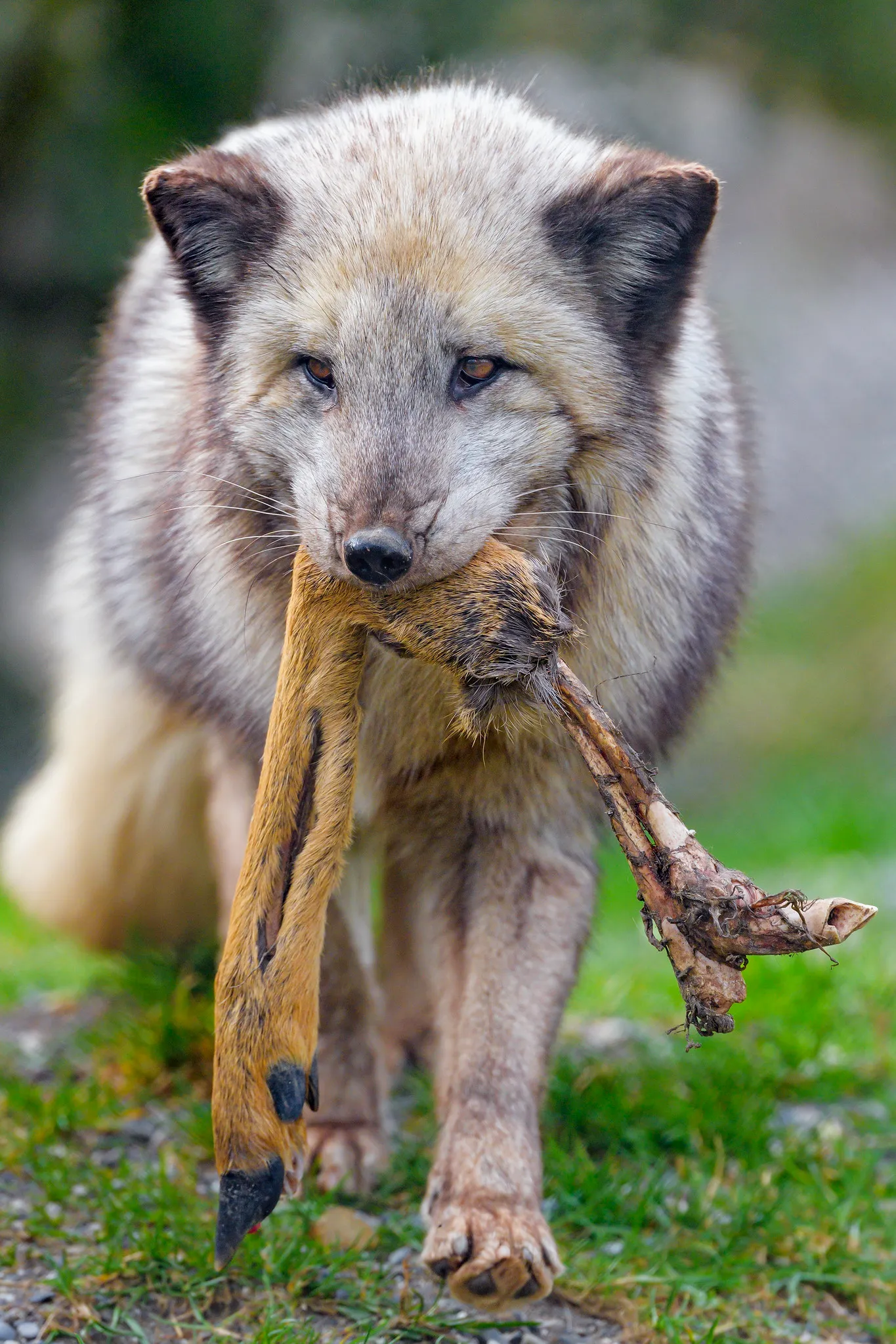
An Arctic fox is classified as a consumer in the ecosystem. Unlike producers, which generate their own food through photosynthesis, or decomposers, which break down organic matter, Arctic foxes obtain energy and nutrients by consuming other organisms. As a secondary consumer, they play a crucial role in maintaining the balance of the food chain and ecosystem dynamics.
Reasons Why an Arctic Fox is Not a Producer
-
Lack of Photosynthesis: Arctic foxes do not possess the ability to undergo photosynthesis, the process by which producers generate their own food using sunlight, water, and carbon dioxide.
-
Dependency on Other Organisms: Unlike producers, which can create their own energy from sunlight, Arctic foxes rely on consuming other organisms, such as rodents, birds, and insects, to obtain energy and nutrients.
-
Role in the Food Chain: Arctic foxes occupy a position as secondary consumers in the food chain, feeding on primary consumers rather than producing their own food.
-
Biological Structure: Physiological adaptations of Arctic foxes are suited for hunting and consuming prey, further emphasizing their role as consumers rather than producers within the ecosystem.
Reasons Why an Arctic Fox is Not a Decomposer
-
Dietary Behavior: Arctic foxes do not feed on decaying organic matter or participate in the decomposition process characteristic of decomposers.
-
Lack of Decomposing Abilities: Decomposers, such as bacteria and fungi, possess enzymes that break down dead organic material into simpler substances. Arctic foxes lack these biological mechanisms.
-
Predatory Nature: Arctic foxes are primarily predators, feeding on live prey to obtain energy and nutrients, rather than consuming dead organic matter for nutrition.
-
Ecological Role: While decomposers play a crucial role in nutrient cycling and waste decomposition, Arctic foxes fulfill a different ecological niche as consumers within the food chain, contributing to energy flow and population dynamics through predation.
Arctic Fox Food Chain Position and Role
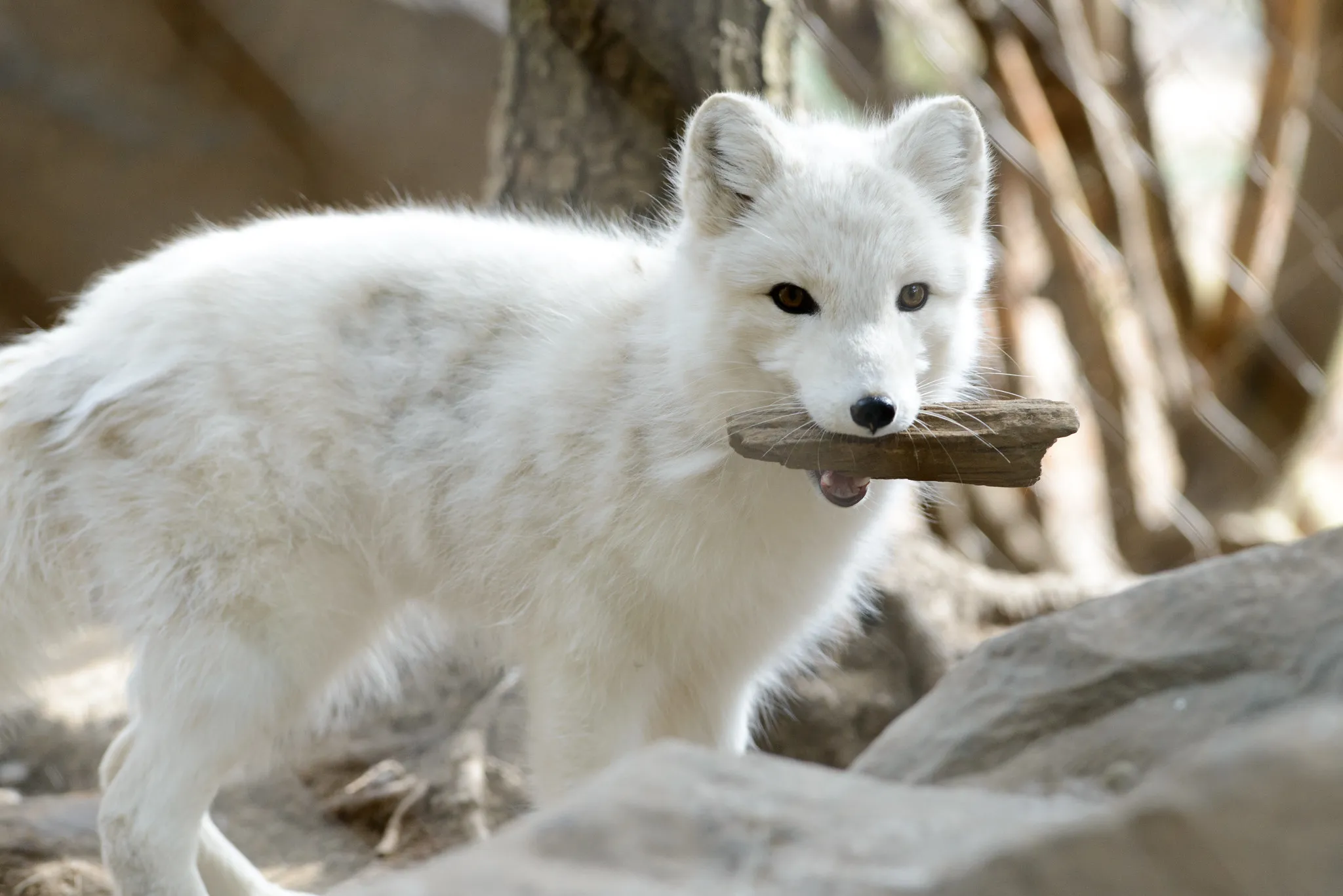
Arctic foxes occupy a pivotal position in the Arctic food chain as secondary consumers. Their role involves hunting and consuming smaller prey such as rodents, birds, and insects. By preying on these primary consumers, Arctic foxes help regulate their populations, thus indirectly influencing the vegetation and other aspects of the ecosystem. Additionally, Arctic foxes serve as prey for larger predators like wolves and polar bears, further illustrating their significance in the intricate web of Arctic biodiversity.
*Key Takeaways
- Arctic foxes are classified as secondary consumers in the Arctic food chain.
- They primarily feed on smaller prey such as rodents, birds, and insects.
- Arctic foxes play a crucial role in regulating the populations of their prey species.
- They serve as prey for larger predators like wolves and polar bears.
- Arctic foxes contribute to energy transfer and ecosystem balance within the Arctic ecosystem.
| Topic | Summary |
| Consumer Classification |
Arctic foxes are classified as secondary consumers in the Arctic food chain, feeding on smaller prey such as rodents, birds, and insects.
|
| Reasons for Secondary Consumer |
– Arctic foxes actively hunt and consume prey to obtain energy and nutrients. – They occupy a position between primary consumers and apex predators.
|
| Role in Energy Transfer |
– Arctic foxes play a vital role in transferring energy and nutrients through the food chain. – They contribute to the flow of energy within the ecosystem by consuming primary consumers.
|
| Producer vs. Consumer vs. Decomposer |
– Arctic foxes are consumers, relying on other organisms for energy and nutrients. – They are not producers as they do not undergo photosynthesis. – They are not decomposers as they do not participate in the decomposition process.
|
| Not a Producer Reasons |
– Arctic foxes lack the ability to undergo photosynthesis. – They rely on consuming other organisms for energy.
|
| Not a Decomposer Reasons |
– Arctic foxes do not feed on decaying organic matter. – They lack the biological mechanisms required for decomposition.
|
| Food Chain Role |
– Arctic foxes regulate prey populations and serve as prey for larger predators. – They contribute to ecosystem balance and energy flow within the Arctic ecosystem.
|
*Related FAQs
1. What do Arctic foxes eat?
- Arctic foxes primarily feed on smaller animals such as rodents, birds, and insects. They also scavenge for carrion when available.
2. How do Arctic foxes survive in the cold environment?
- Arctic foxes have several adaptations for survival in their cold habitat, including thick fur, a compact body shape to minimize heat loss, and behavioral adaptations such as burrowing into snow to create dens for shelter.
3. Are Arctic foxes endangered?
- Arctic fox populations are generally stable, although some subspecies may face localized threats due to habitat loss, climate change, and predation by larger predators.
4. How do Arctic foxes raise their young?
- Arctic foxes typically mate for life and raise their young in underground dens. Females give birth to litters of up to 14 pups, which are cared for by both parents until they are old enough to fend for themselves.
5. What role do Arctic foxes play in the ecosystem?
- Arctic foxes play a crucial role in regulating prey populations, which in turn affects vegetation dynamics and the populations of other species within the Arctic ecosystem. They also serve as prey for larger predators, contributing to overall ecosystem balance.
